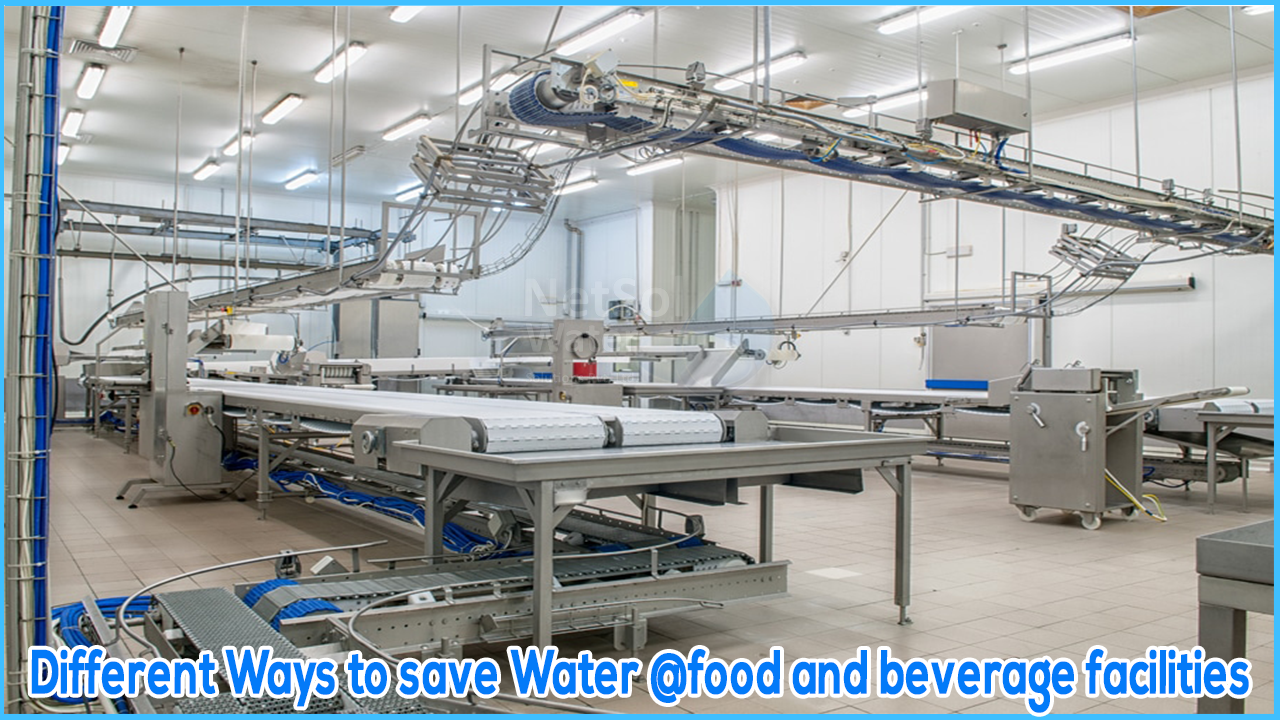The food and beverage industry is one of the largest users of process water. It’s vital to have effective procedures in place to manage a water reduction program. Otherwise any improvement may become a one-off initiative with no follow-up. Potential cost savings are often the driver that motivates management to support a water use reduction program. Water is often an undervalued resource, so it’s important to ensure that employees are aware of the total cost of water to a processing site.
Experts have identified these eight steps to successful water management in food and beverage processing plants.
- 1. Obtain management commitment. A business is unlikely to save on costs if senior management is not committed to saving water. It’s useful to identify at least one person to champion water saving initiatives. The water champion’s job is to perform regular site tours during all shifts to understand where water is being used, whether procedures are being followed, and where water is being wasted. Water champion and site manager must also have access to water bills, so that they can check that the bills reflect actual water usage.
- 2. Measure water use. It’s important to gather existing site water use data and to develop an operational control procedure to monitor and measure water on site. The purpose is to generate controlled monitoring of water consumption and to demonstrate progress towards water efficiency targets. To that end, it’s worth developing a formal operational control procedure to monitor and measure water on site.
The purpose of the procedure would be to provide methodologies for monitoring water consumption in a controlled manner and demonstrating progress towards, and the achievement of, water efficiency objectives and targets.
- 1. The first step in this process will often be developing a water balance, a numerical account of where water enters and leaves a site, and where it is used in the business, listing the amounts of water used by each main process. The water balance will show where the facility uses the most water and generates the most effluent. Organizations can use this data as a starting point, to think about why a given process uses so much water or creates so much effluent, and about actions that can be taken or alternative approaches implemented to remedy the situation. There is modeling software available that can be used to establish a water balance. Monitoring methodologies will include instructions on how to measure water consumption; how frequently this measurement should be done; where to record the data; and how to communicate the data. For the sake of staff communications and understanding, it’s a good idea to create a pictorial site representation of site water uses data.
- 2. Identify areas of potential savings. This involves brainstorming and researching ideas for reducing water use involving all staff as well as, importantly, contractors, such as the cleaning staff. The ideas should be framed as water use reduction projects and they should be vetted to assess the potential cost savings from them. For example, the chemistry of the water, and particularly water hardness, influences the performance of cleaning chemicals and sanitizers. Water hardness affects detergent consumption and can allow the formation of films on equipment surfaces. Sanitizers like chlorine are more effective at lower pH. A water pH of 8.5 will reduce the efficacy of chlorination. Failure to understand water chemistry can cost organizations money in how much detergent needs to be used and the time required for cleaning.
- 3. Set targets. Setting targets for savings and goals for payback times can be used as a catalyst for a full program implementation. As a first step, target areas that use the most water—such as production processes, washing equipment, and hygiene systems. Then weigh the potential savings against how much it will cost to investigate water use in more detail and how likely it will be to identify costs savings.
- 4. Plan. Implementing a company-wide program will first involve obtaining detailed costs from suppliers of new equipment and working out what resources the company will need to marshal for the various water-saving activities it intends to carry out. This information will be used to develop an action plan to help to assess environmental performance, compare opportunities, and prioritize actions.
- 5. Involve staff. Keeping personnel involved at all stages will improve their motivation to work towards achieving the company’s goals. Follow up by informing staff of progress and results, and be sure to report success stories. Staff suggestions that result in water savings should be recognized and reported in company communications such as newsletters and social media.
- 6. Implement improvements. This may include training staff, installing new equipment or fixing existing equipment and informing staff about best practices and procedures.




